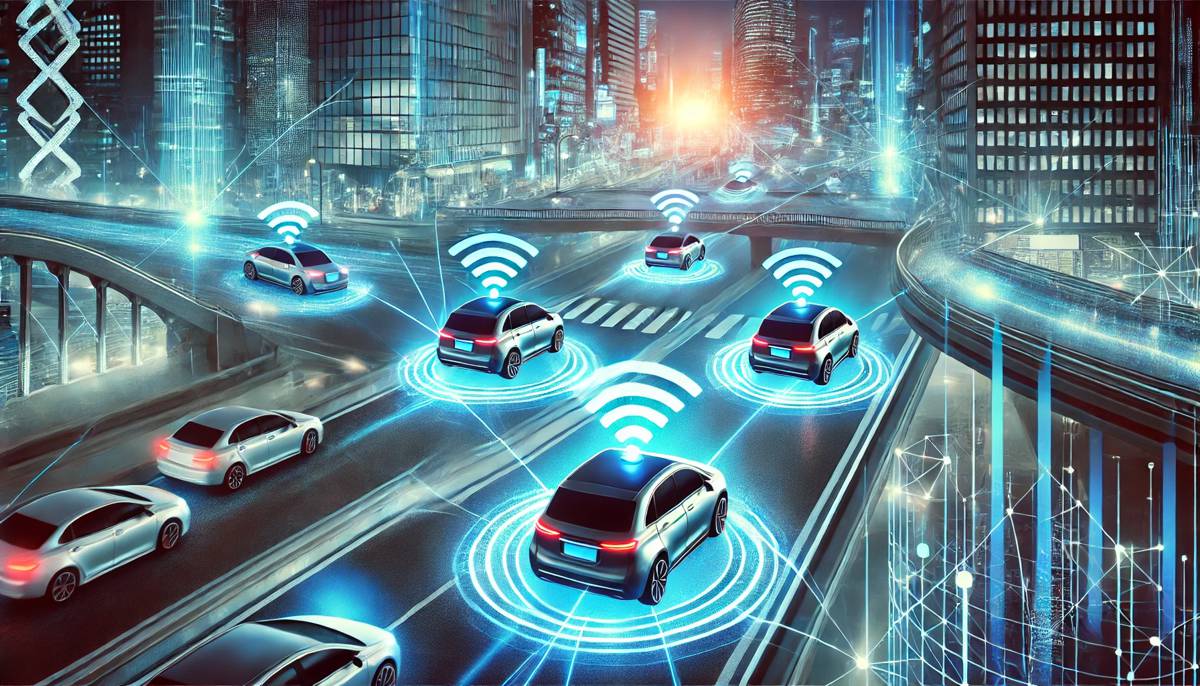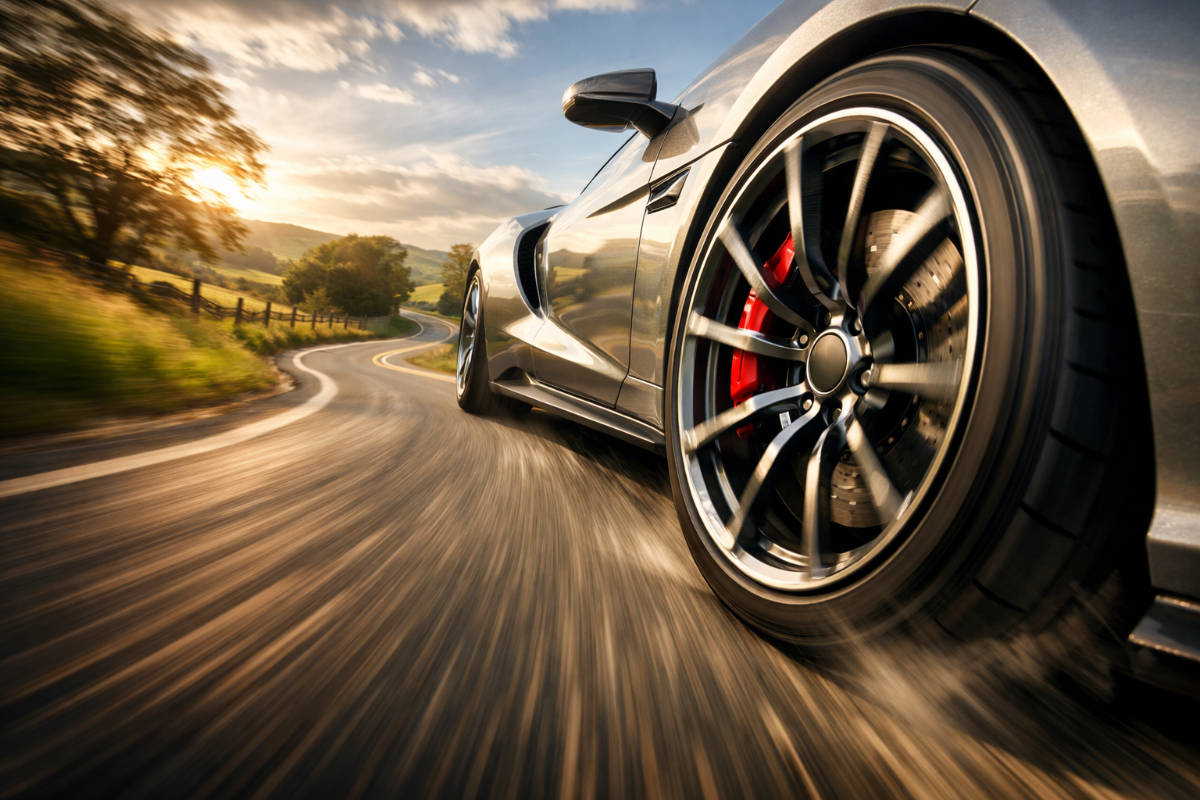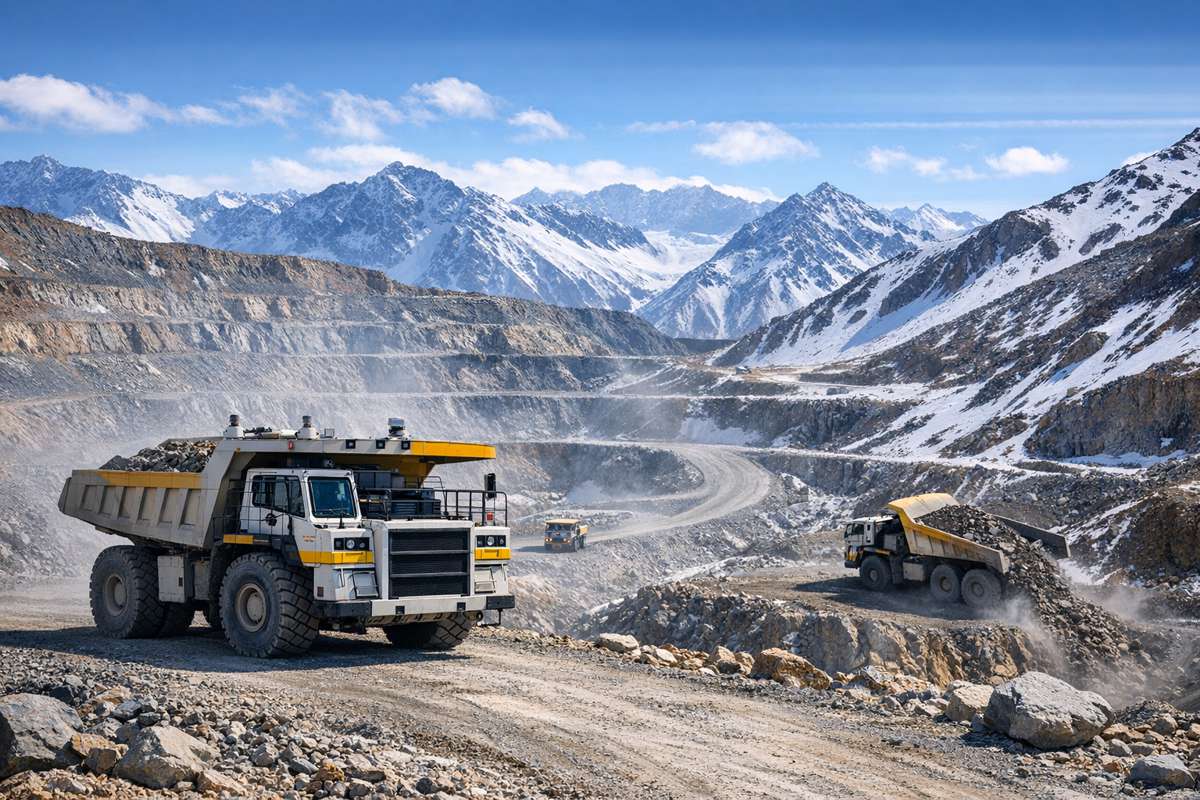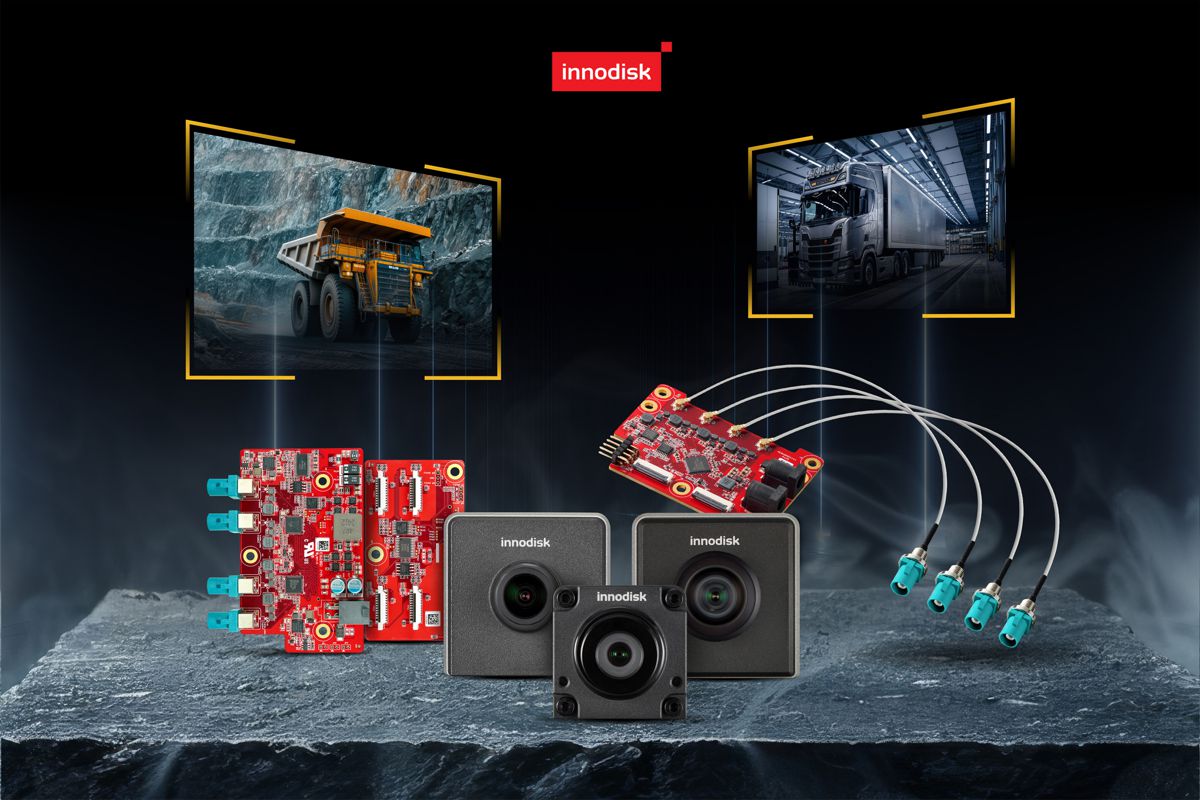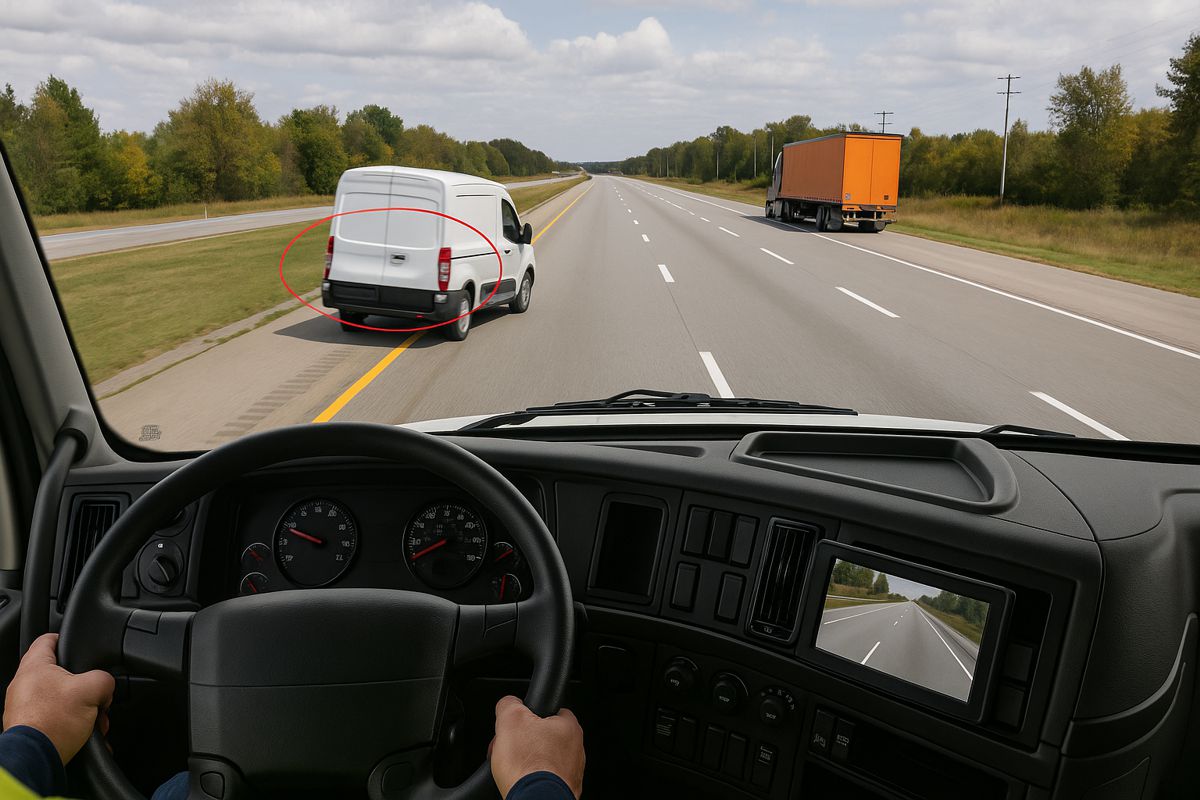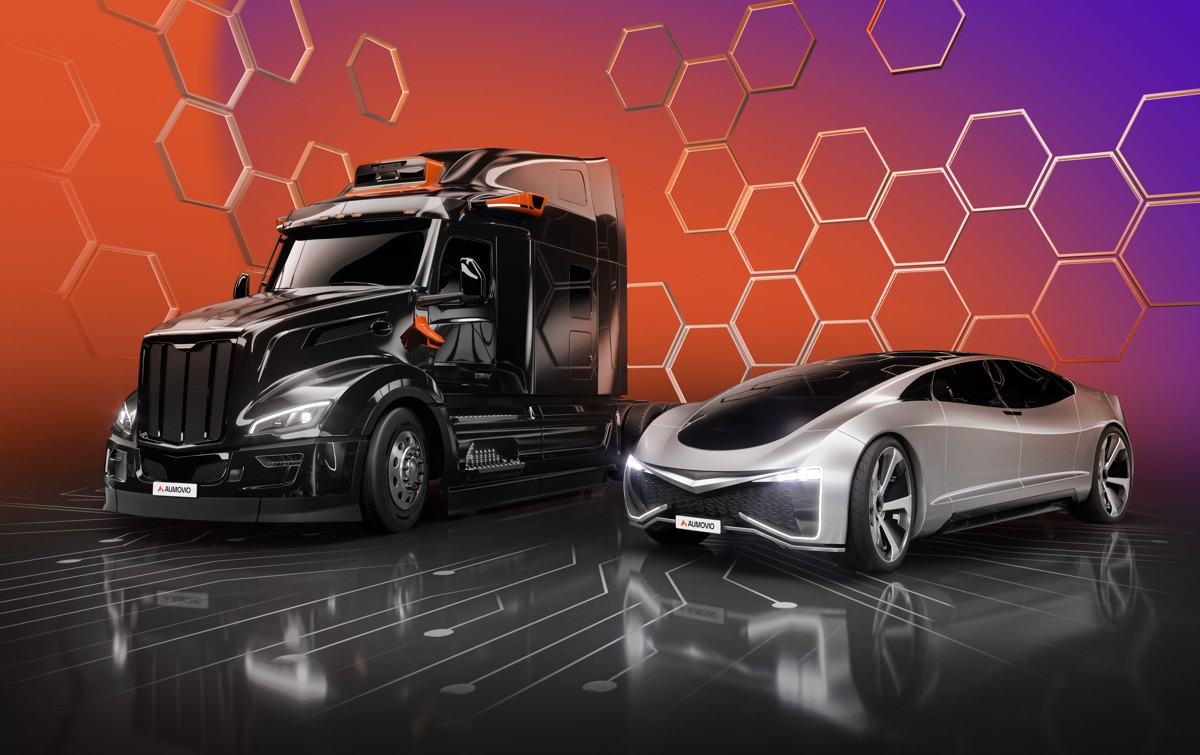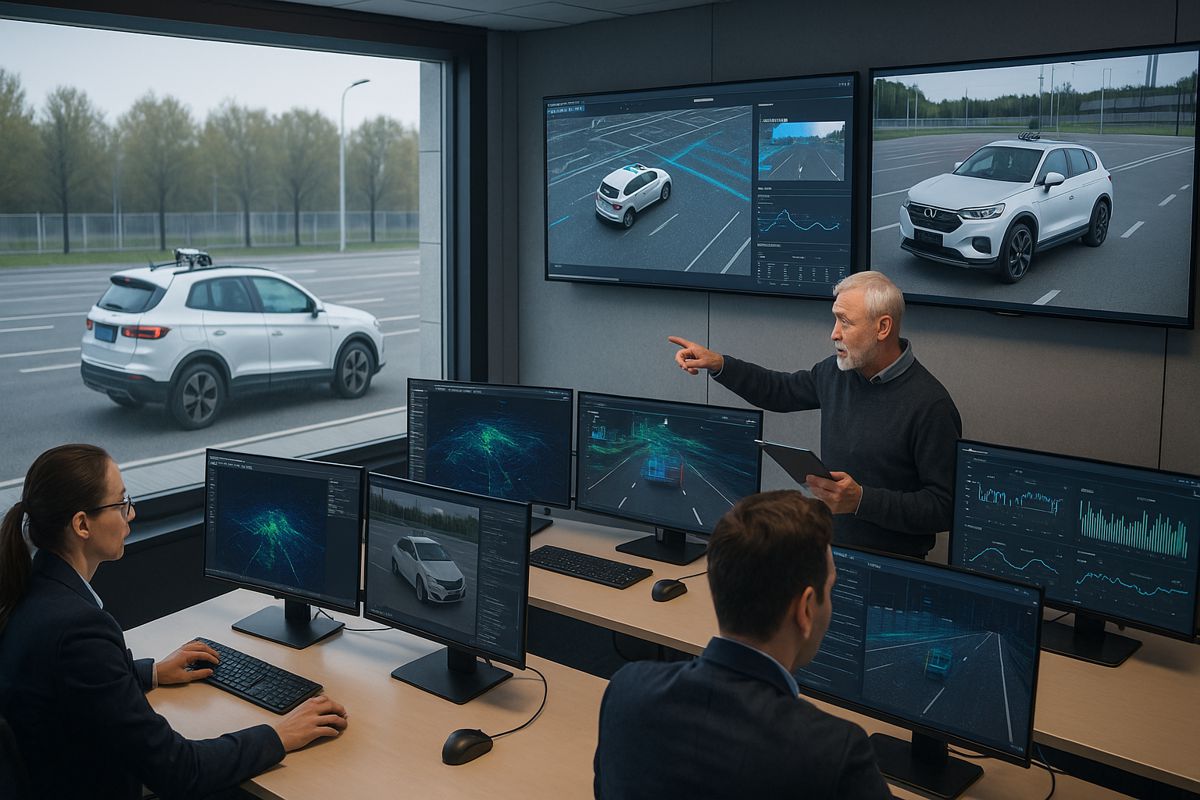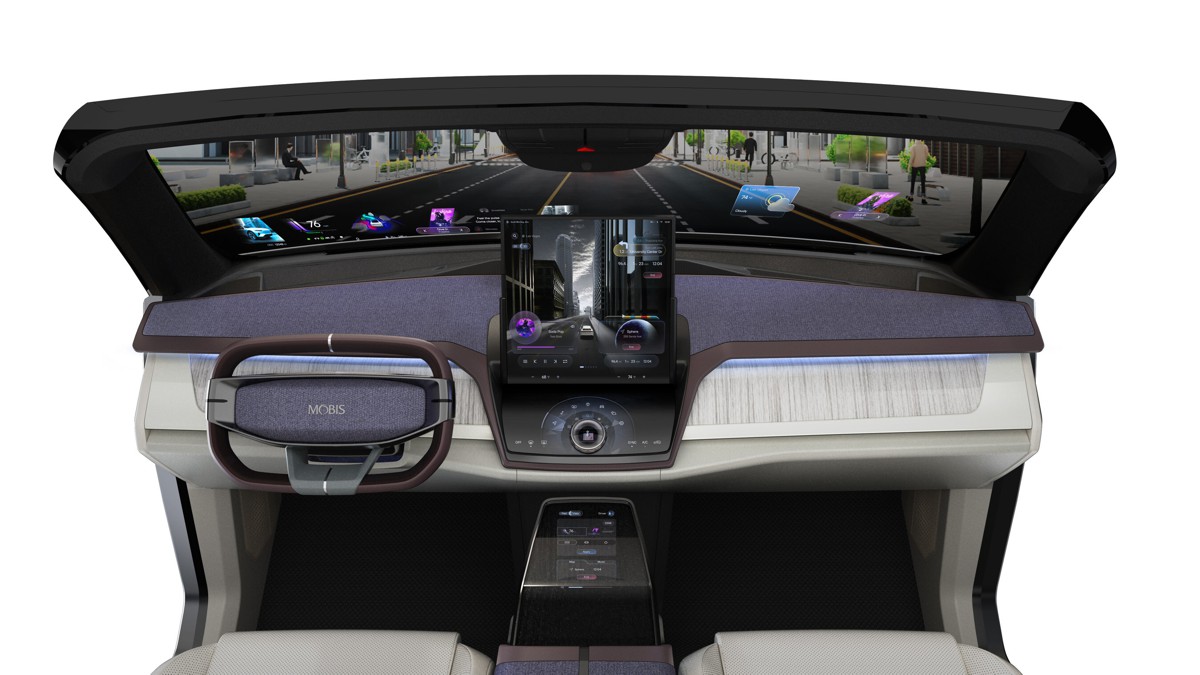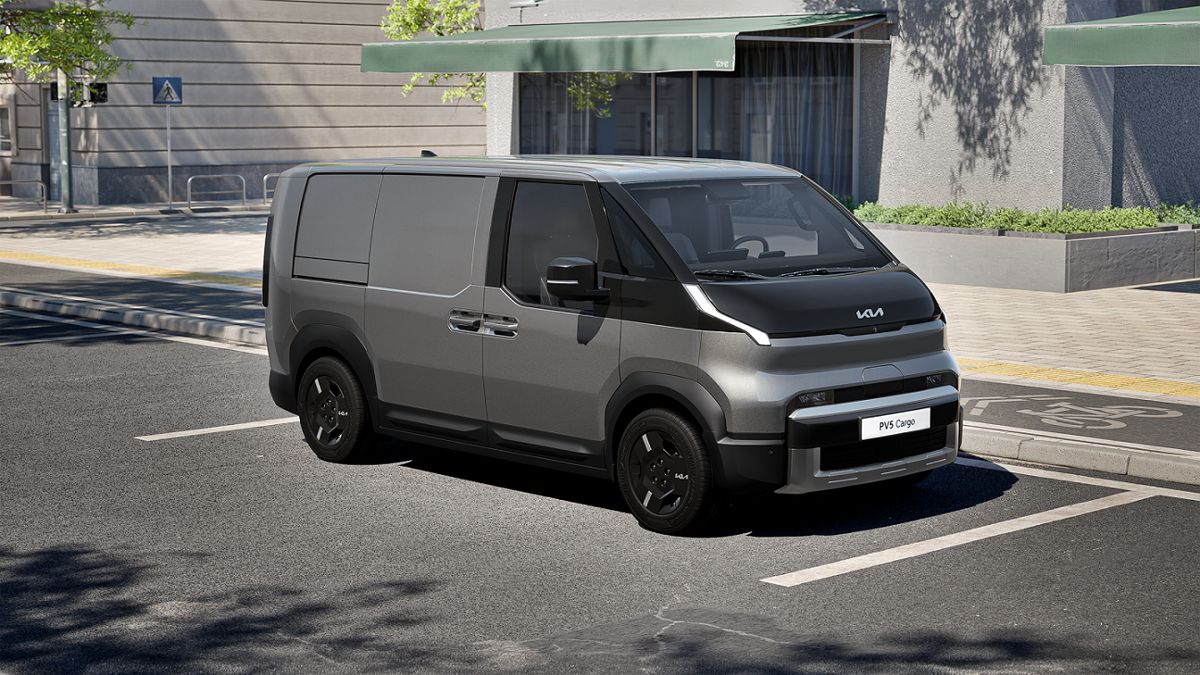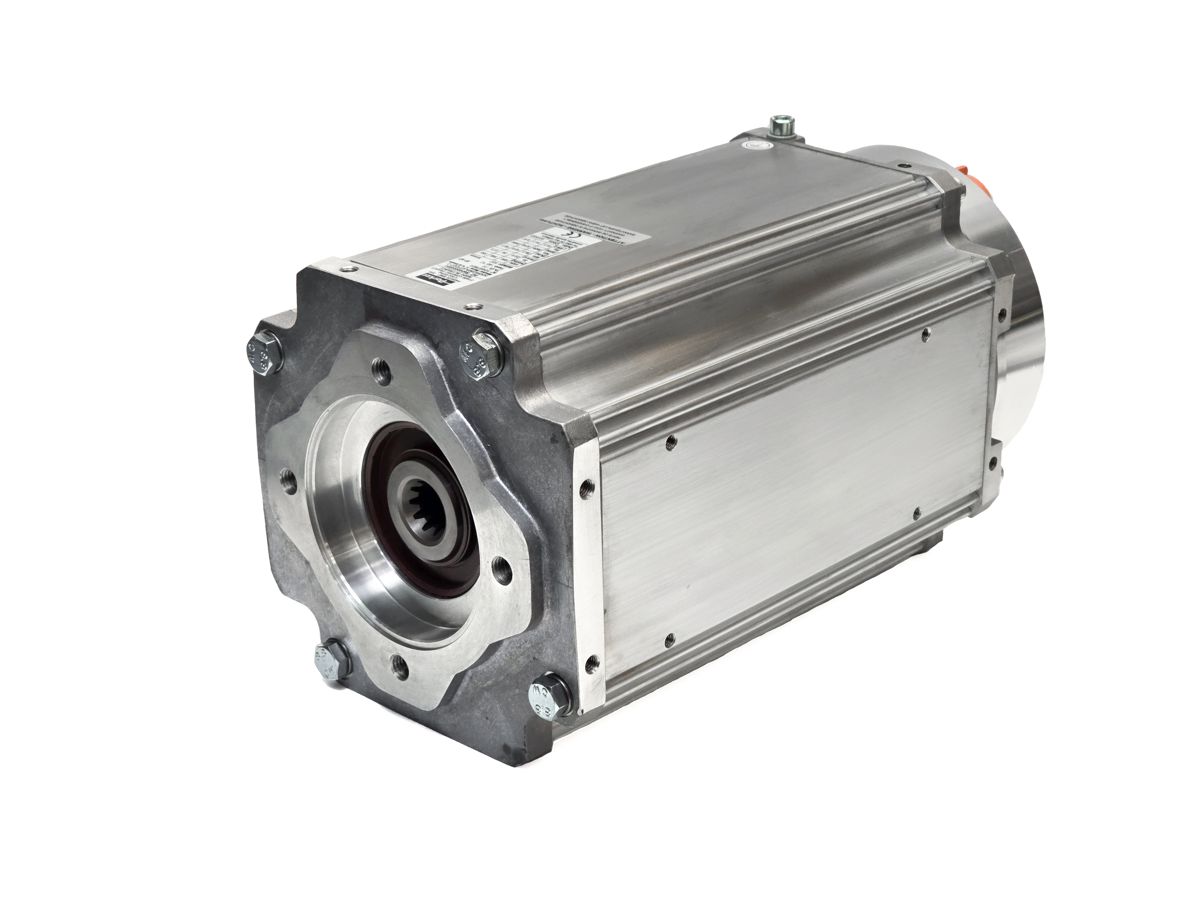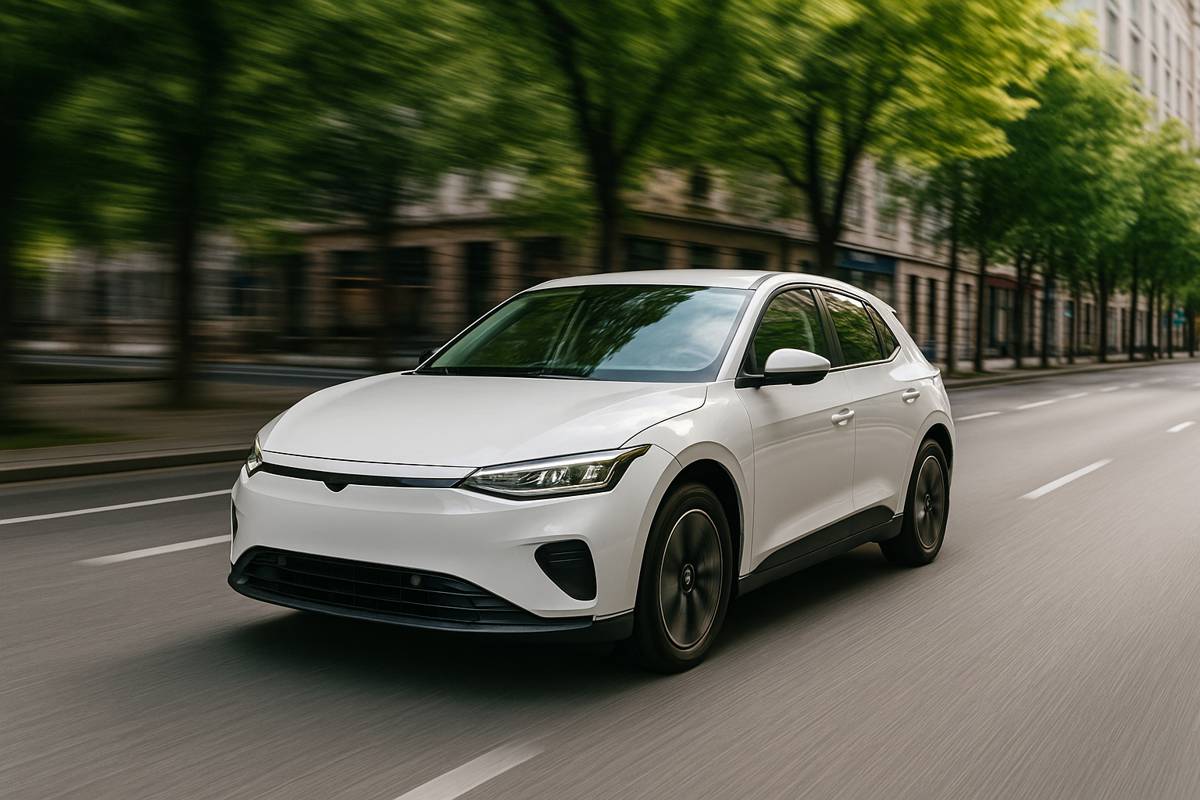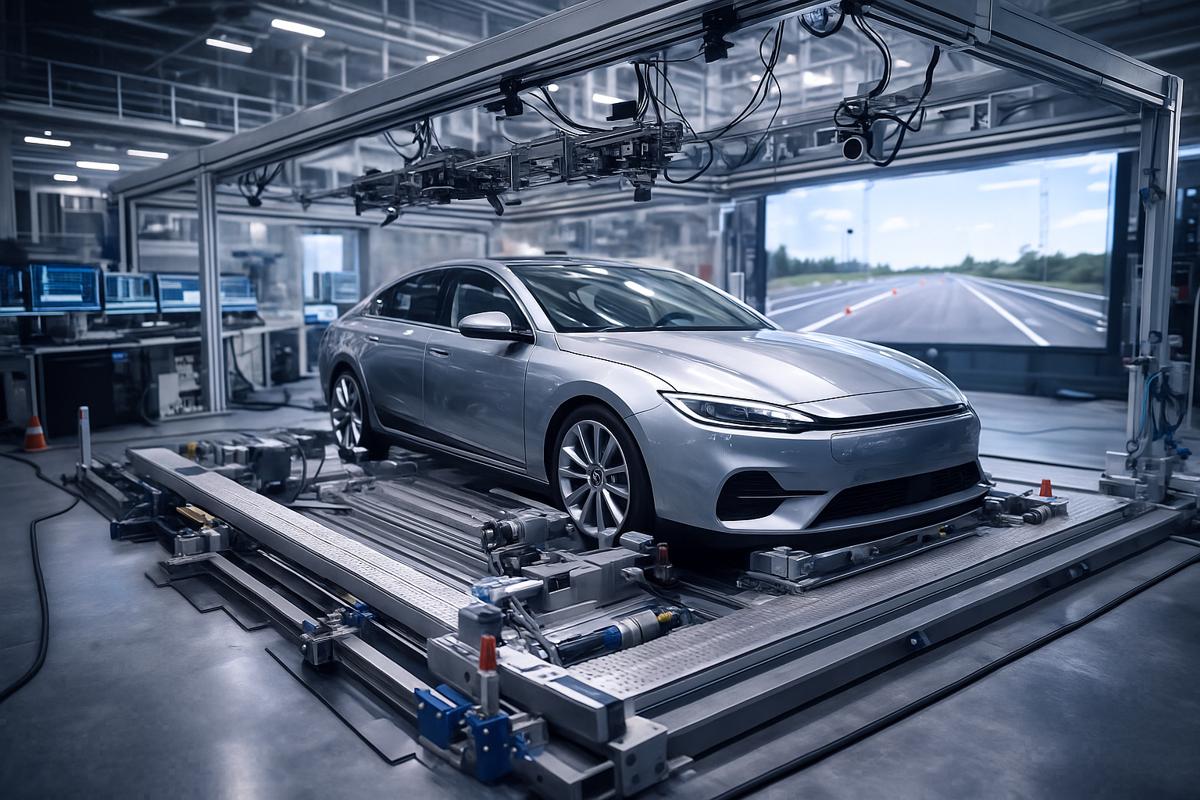The Future of Road Intelligence and Self-Driving Cars Through Shared Learning
A breakthrough in self-driving technology is set to reshape how autonomous vehicles learn and adapt to road conditions. A research team led by NYU Tandon School of Engineering has developed a novel method that enables self-driving cars to exchange knowledge about road environments indirectly.
Even when vehicles don’t meet on the road, they can still learn from each other’s experiences, improving their ability to navigate unpredictable traffic conditions.
The innovation, unveiled by the Advancement of Artificial Intelligence Conference, addresses a persistent challenge in artificial intelligence (AI): how to help autonomous vehicles gain collective intelligence while maintaining data privacy.
Traditionally, cars share real-time data only during brief direct encounters, limiting how quickly they adapt to new conditions. Now, a new system known as Cached Decentralized Federated Learning (Cached-DFL) is changing the game.
How Cached-DFL Works: AI Models as Digital Messages
The concept behind Cached-DFL mirrors how information spreads in social networks. Vehicles using this system train their AI models locally, refining their understanding of road conditions. Instead of transmitting raw data to a central server, these AI models are exchanged directly between vehicles when they come within 100 meters of each other via high-speed device-to-device communication.
Unlike conventional Federated Learning, which depends on a central node to manage updates, Cached-DFL enables peer-to-peer exchanges. The crucial difference? These vehicles can also forward AI models received from past encounters, allowing critical road intelligence to travel much further than one-to-one interactions. Essentially, every car becomes a moving data hub, passing on knowledge that enhances driving precision across entire fleets.
“A car that has only driven in Manhattan could now learn about road conditions in Brooklyn from other vehicles, even if it never drives there itself. This would make every vehicle smarter and better prepared for situations it hasn’t personally encountered,” explained Yong Liu, a professor at NYU Tandon’s Electrical and Computer Engineering Department.
Smarter Learning: The Science Behind the System
To ensure efficiency, each vehicle maintains a cache of up to 10 external models, updating its AI every 120 seconds. To prevent outdated or irrelevant information from degrading system performance, an automatic staleness threshold removes obsolete models. This ensures that only the most recent and relevant updates contribute to a vehicle’s learning curve.
To test this system, researchers simulated Manhattan’s grid layout, with virtual vehicles navigating at an average speed of 14 meters per second. Cars were programmed to make turns at intersections based on probability, with a 50% chance of continuing straight or turning onto another available road.
Compared to traditional decentralized learning methods—where cars struggle to learn effectively due to infrequent encounters—Cached-DFL enables knowledge to travel through the network indirectly. Vehicles relay AI models much like messages in delay-tolerant networks, which are designed to function even when real-time communication is sporadic.
Key Benefits: Enhanced Adaptability Without Privacy Risks
The implications of this technology are profound. Self-driving cars operating in urban environments will no longer have to rely solely on their own experiences. Instead, they can tap into a vast, constantly evolving pool of knowledge shared by others. This has several advantages:
- Better Adaptation to New Environments: Vehicles encountering unfamiliar conditions can still make informed decisions based on shared data.
- Reduced Dependency on Centralized Servers: By eliminating reliance on a central hub, the system ensures efficiency, even in areas with weak connectivity.
- Improved Data Privacy: Instead of sharing raw sensor data—which could pose privacy risks—vehicles only exchange AI models.
- More Robust Autonomous Systems: A fleet of self-driving cars equipped with Cached-DFL can respond more effectively to traffic congestion, construction zones, and accident-prone areas.
The Future of Collective Machine Learning
This multi-hop transfer mechanism offers a major leap forward for AI-driven mobility. The ability to pass knowledge across a network of moving vehicles marks a crucial step toward achieving swarm intelligence—where autonomous machines function collectively to improve efficiency.
Beyond self-driving cars, Cached-DFL could be applied to other autonomous systems, including:
- Drones: Coordinating airspace navigation with real-time terrain intelligence.
- Robotics: Industrial and warehouse robots could optimize logistics by learning from each other.
- Satellites: Space-based systems could share orbital data to enhance navigation and communication.
Research Backing and Open-Source Development
The research team, led by Yong Liu and Xiaoyu Wang, collaborated with Guojun Xiong and Jian Li from Stony Brook University and Houwei Cao from the New York Institute of Technology. Their work was supported by multiple National Science Foundation grants, the Resilient & Intelligent NextG Systems (RINGS) program, and computing resources from NYU.
Recognising the significance of their findings, the researchers have open-sourced their code, making it available for further development and industry adoption. More details can be found in their technical report.
Driving Toward a Smarter Autonomous Future
With Cached-DFL, self-driving cars are stepping into a future where learning isn’t confined to individual experience but instead thrives on shared intelligence. This breakthrough marks a shift from isolated machine learning models to a collective AI ecosystem, paving the way for safer, more adaptive autonomous mobility.
As AI evolves, such decentralized learning systems will not only make roads smarter but will also set the foundation for a connected, intelligent transport network—one where vehicles, drones, and robots work together seamlessly. The road ahead has never looked more promising.
